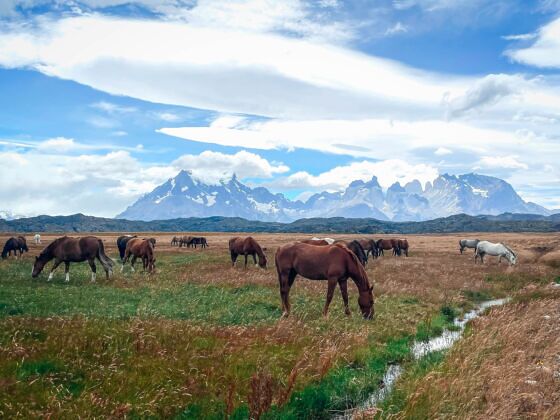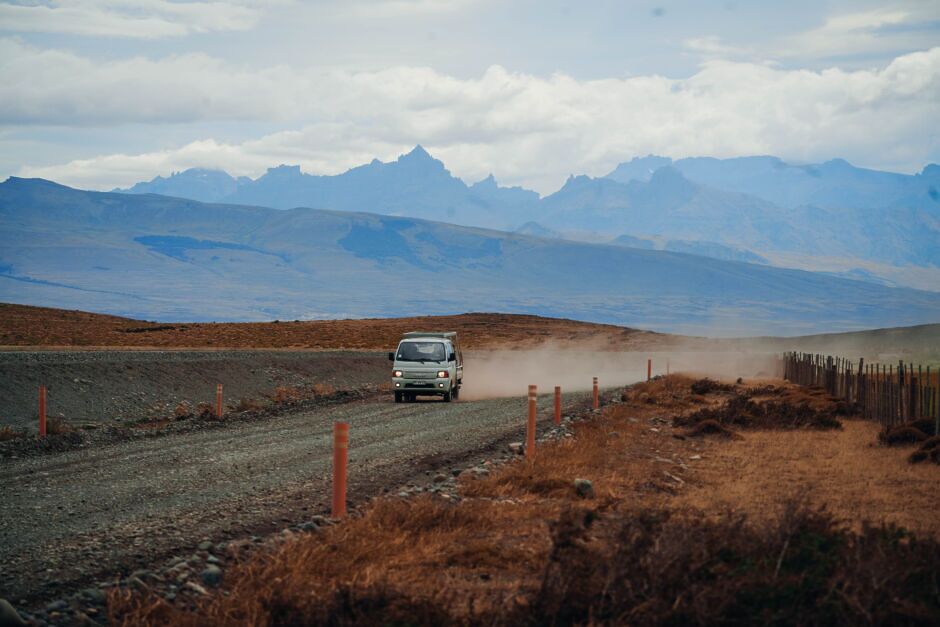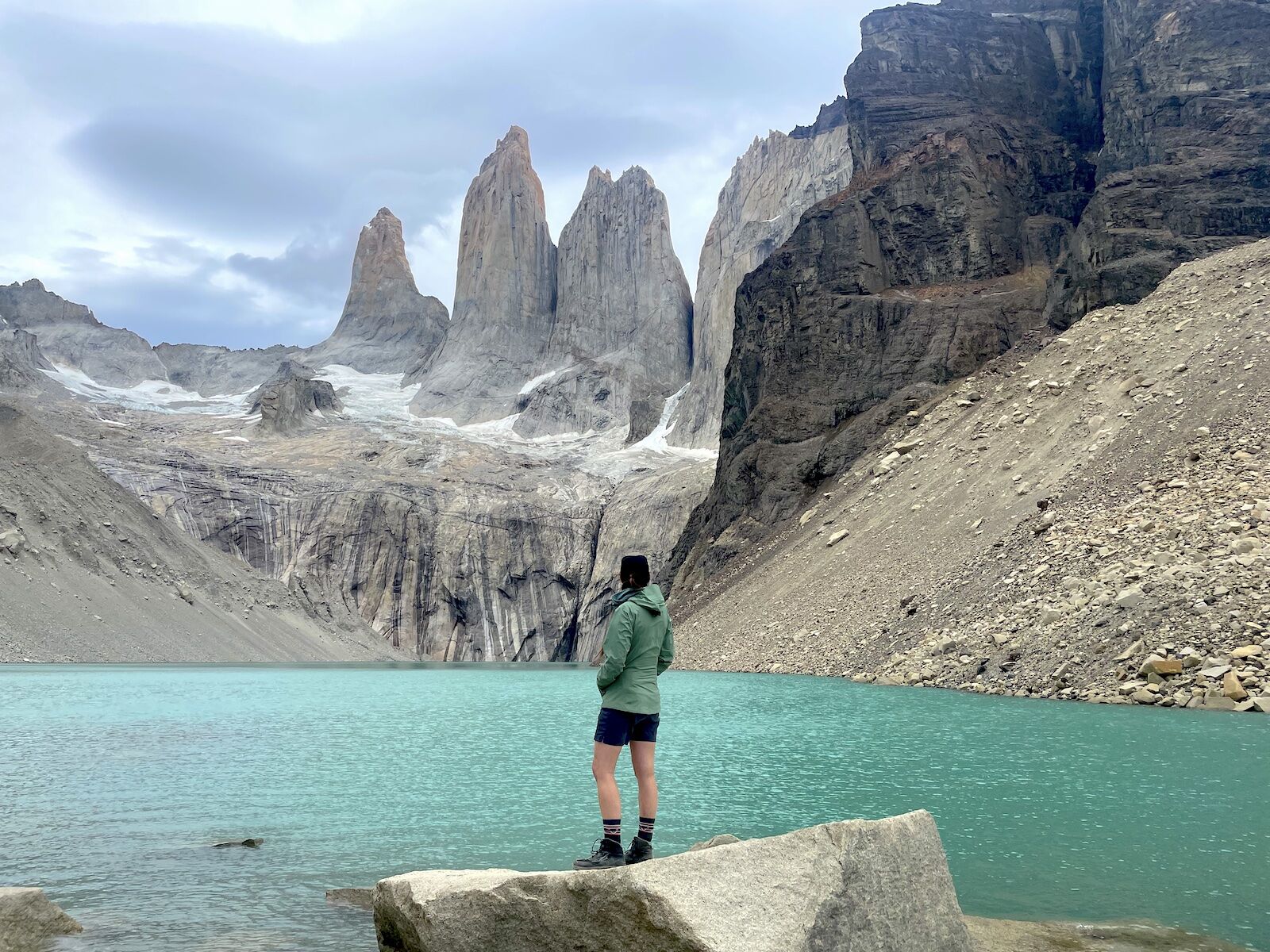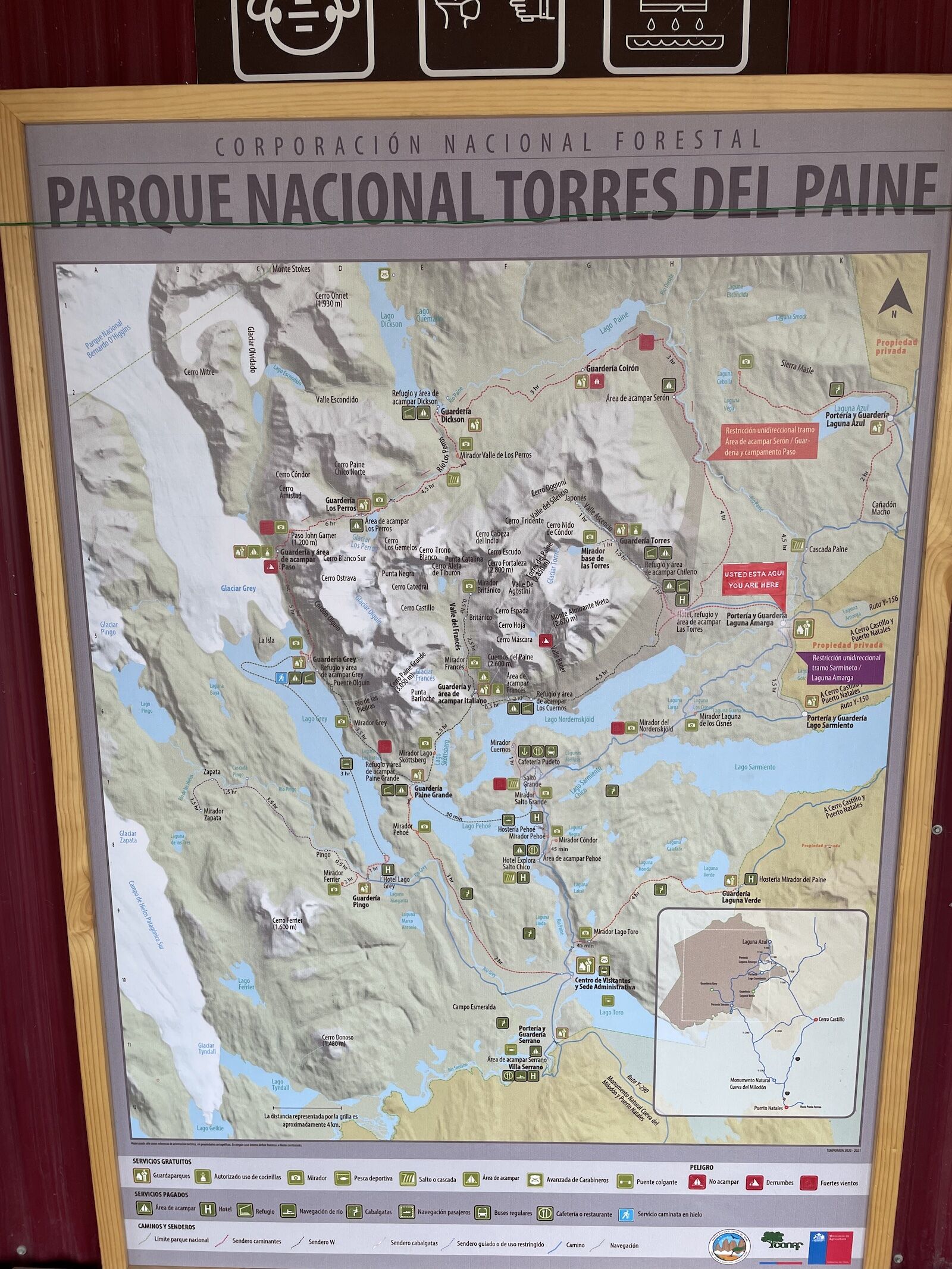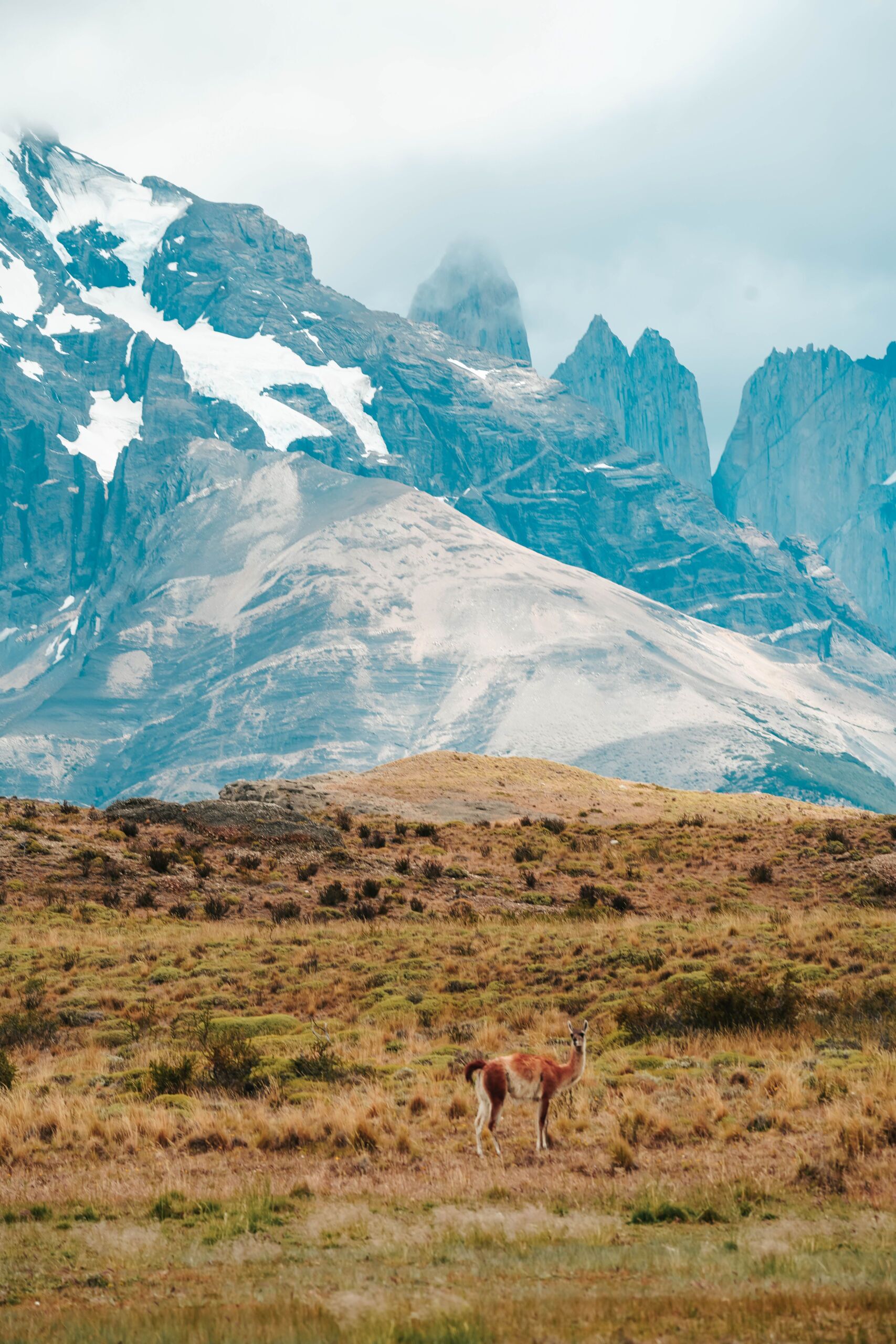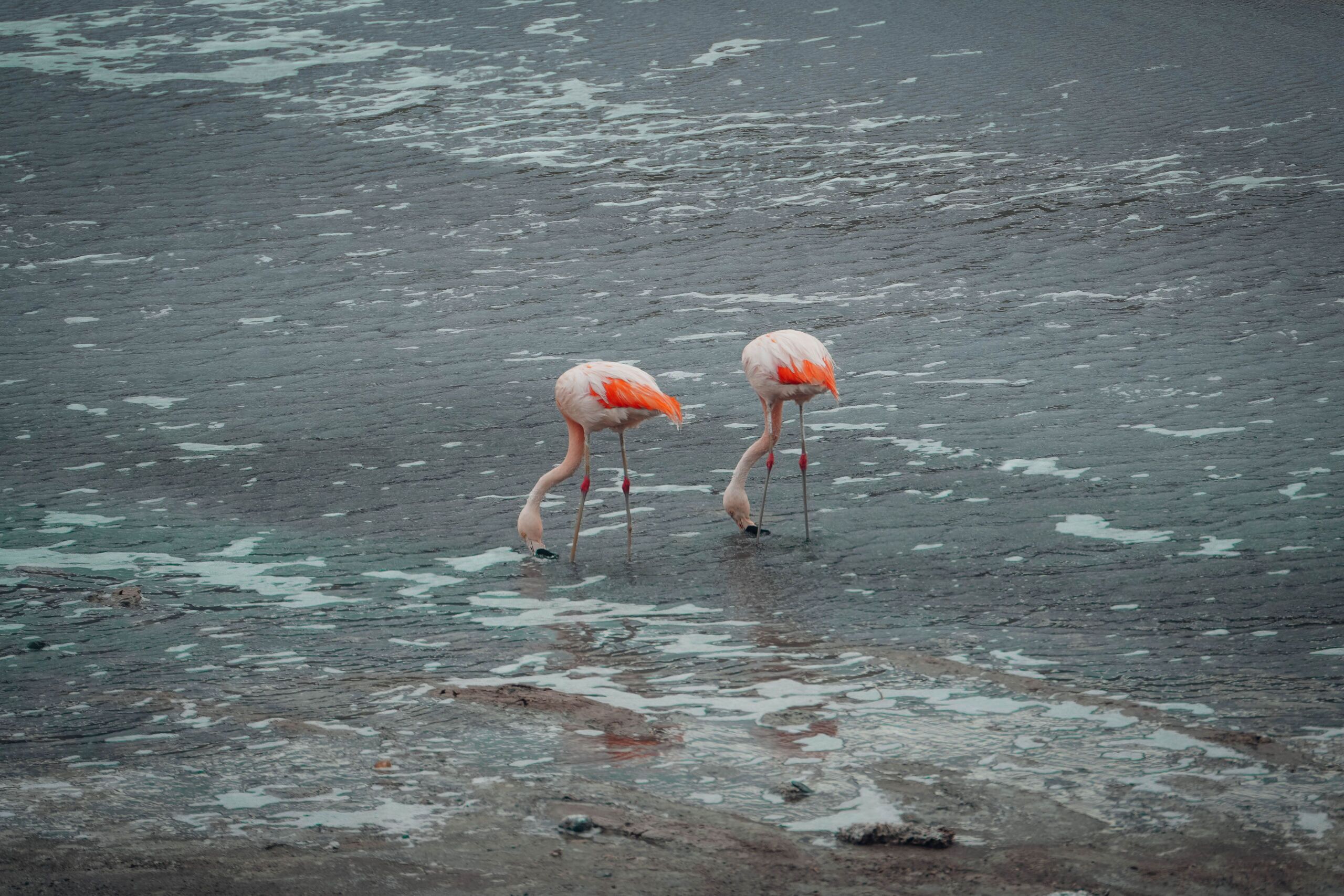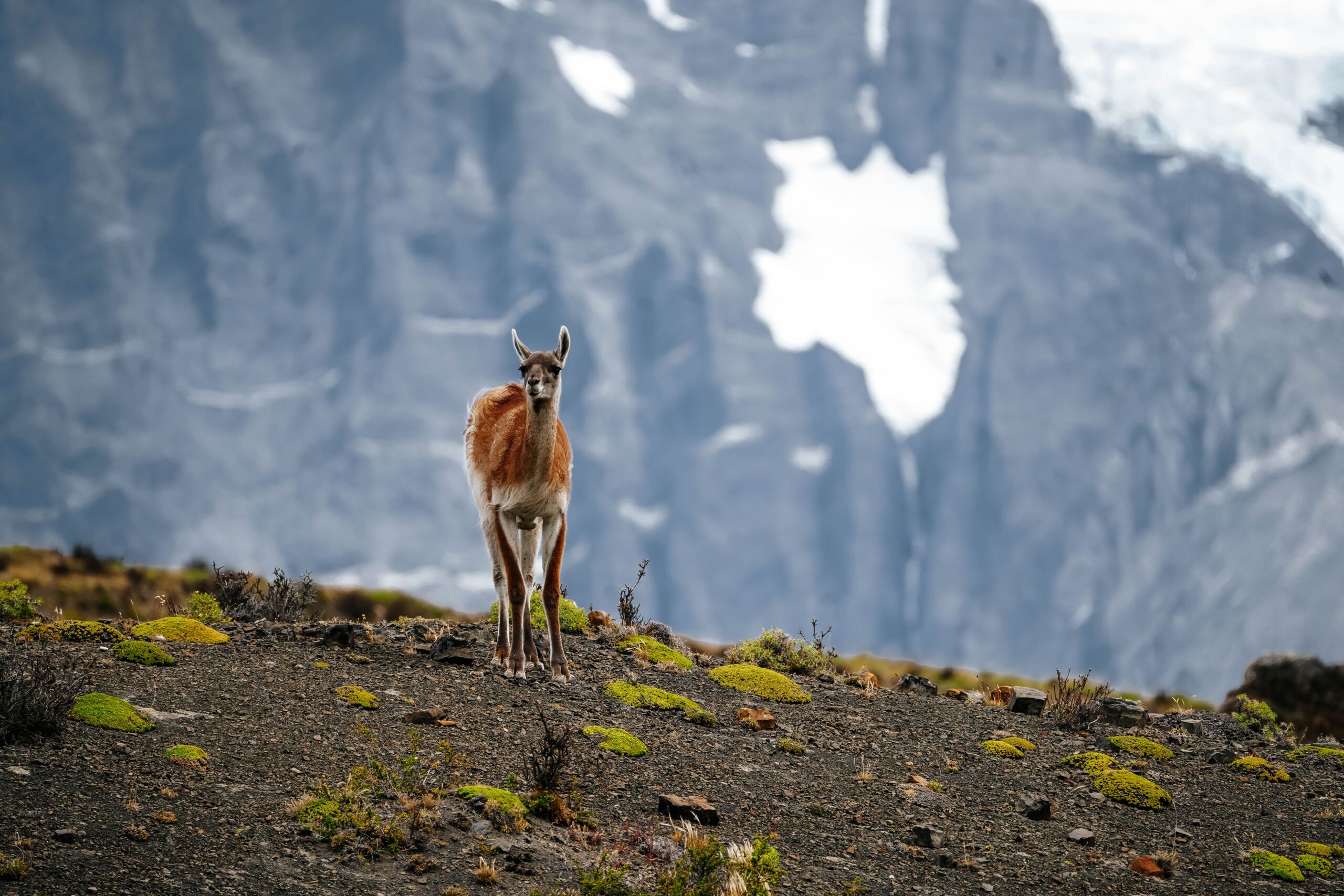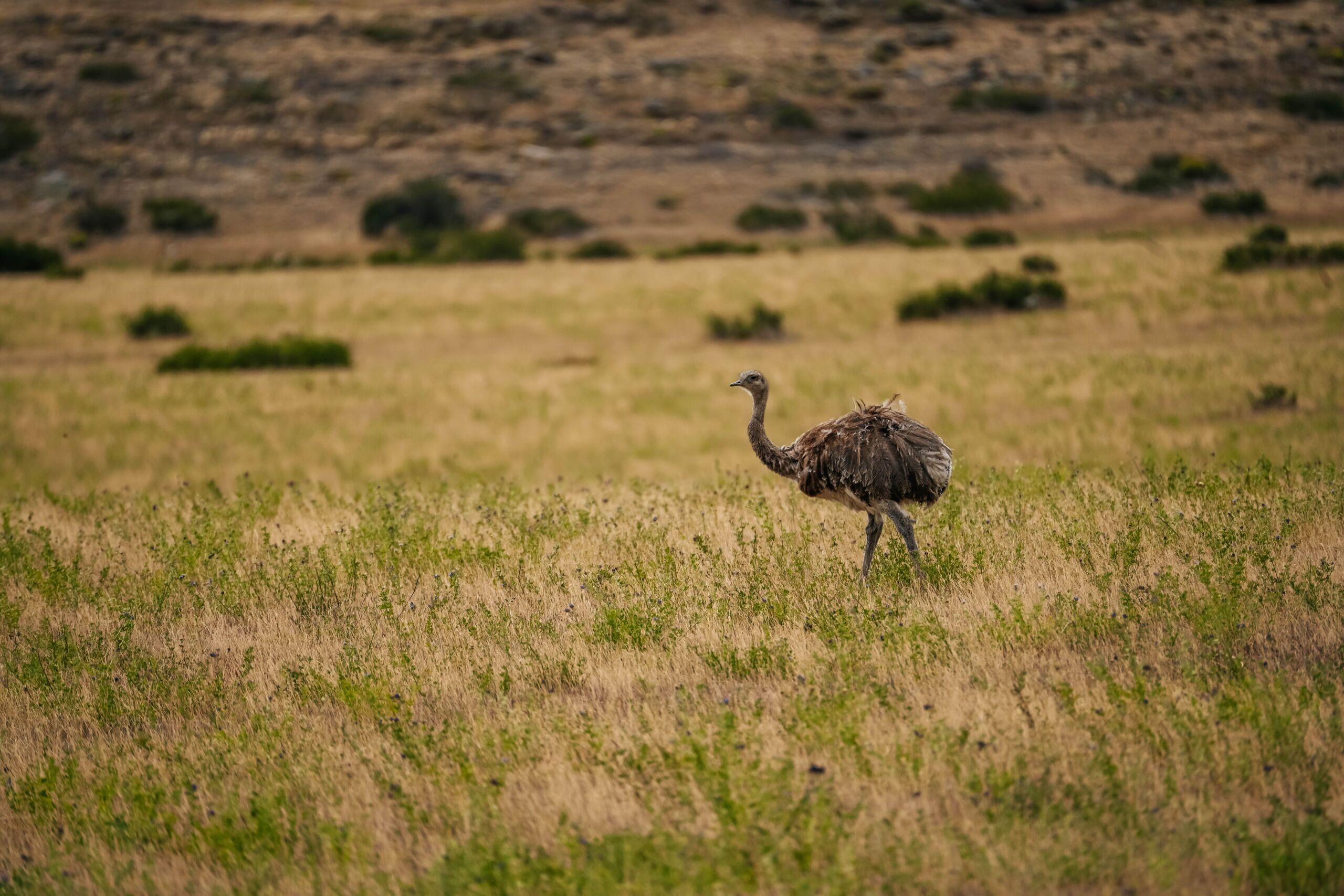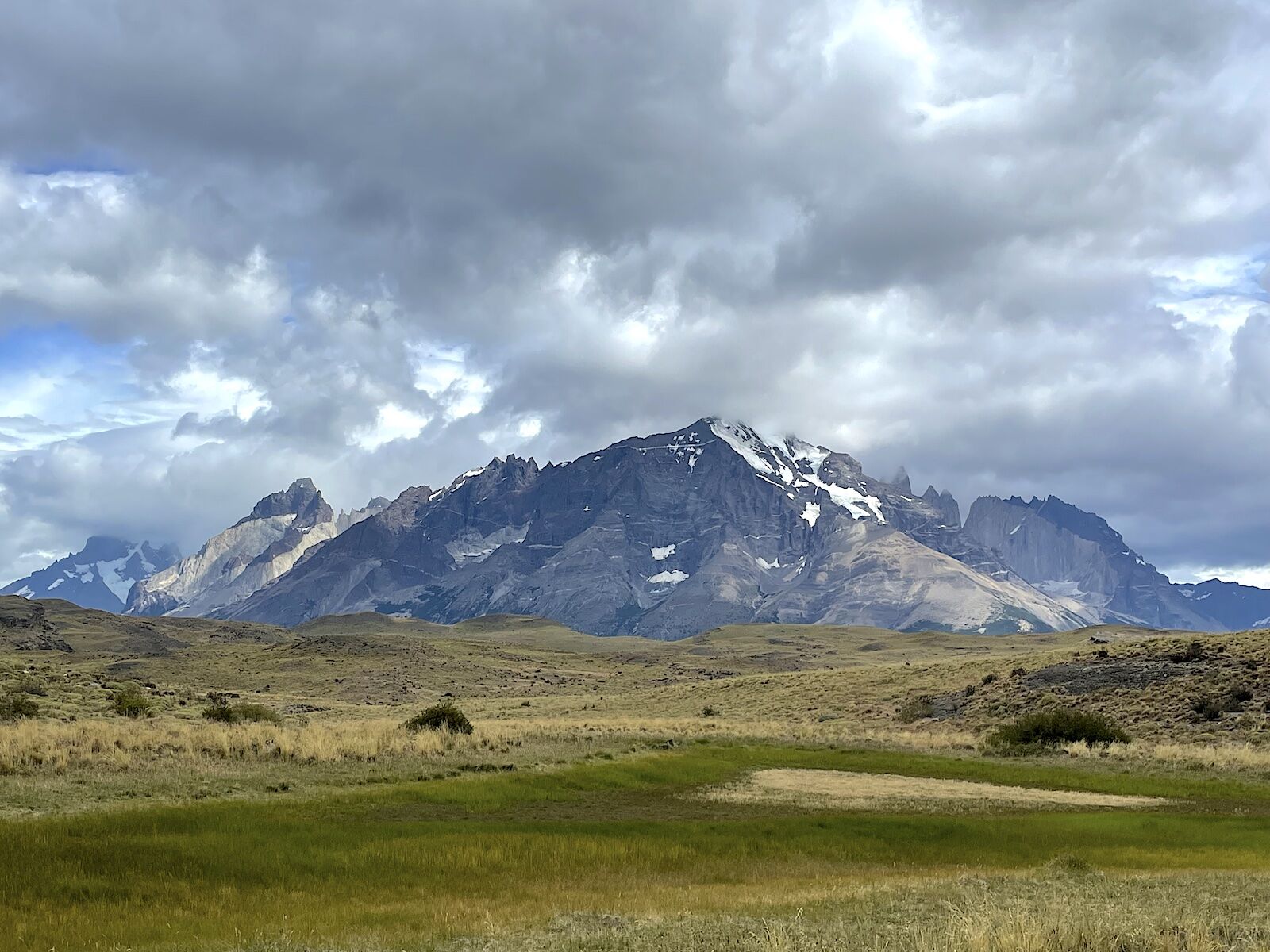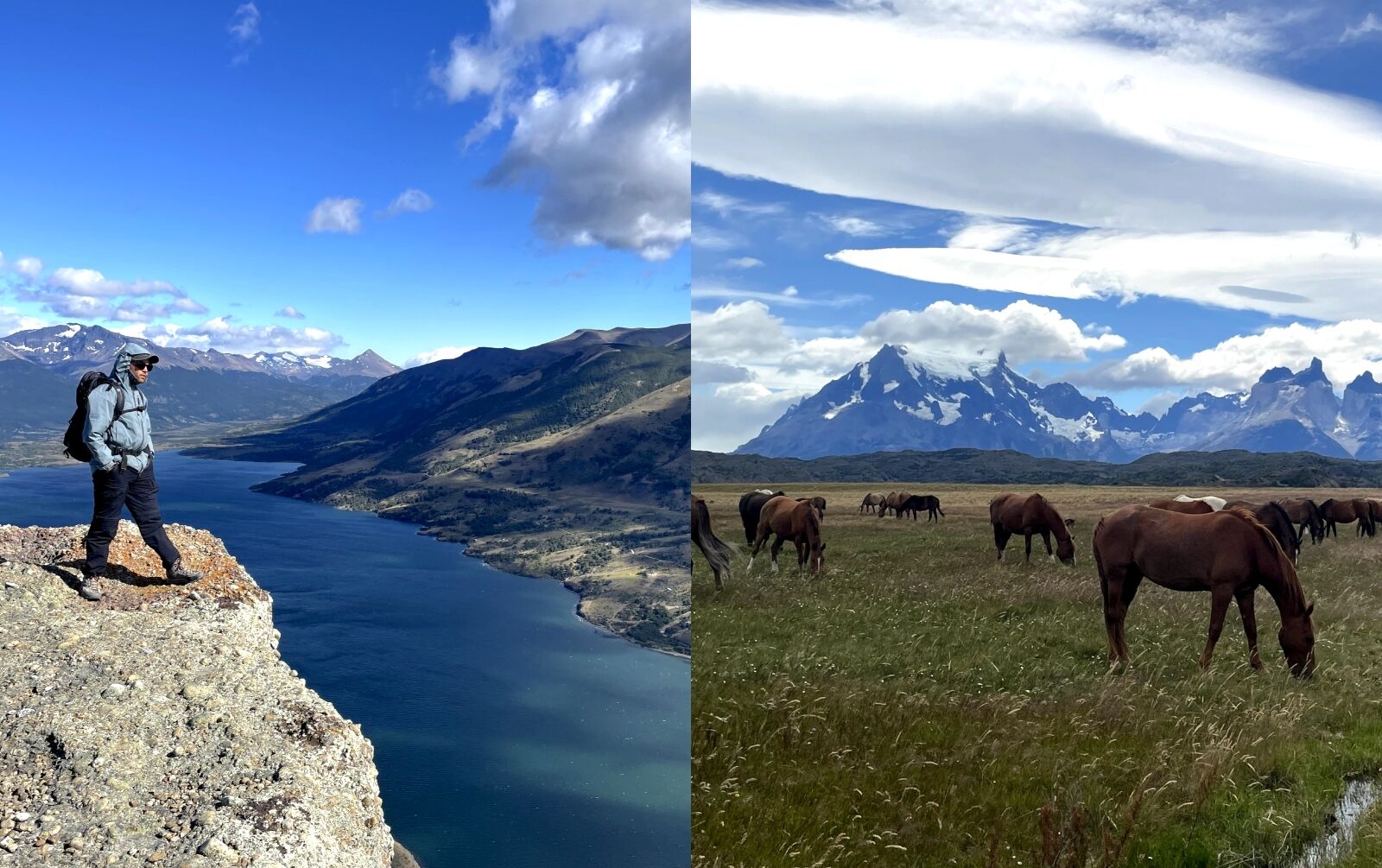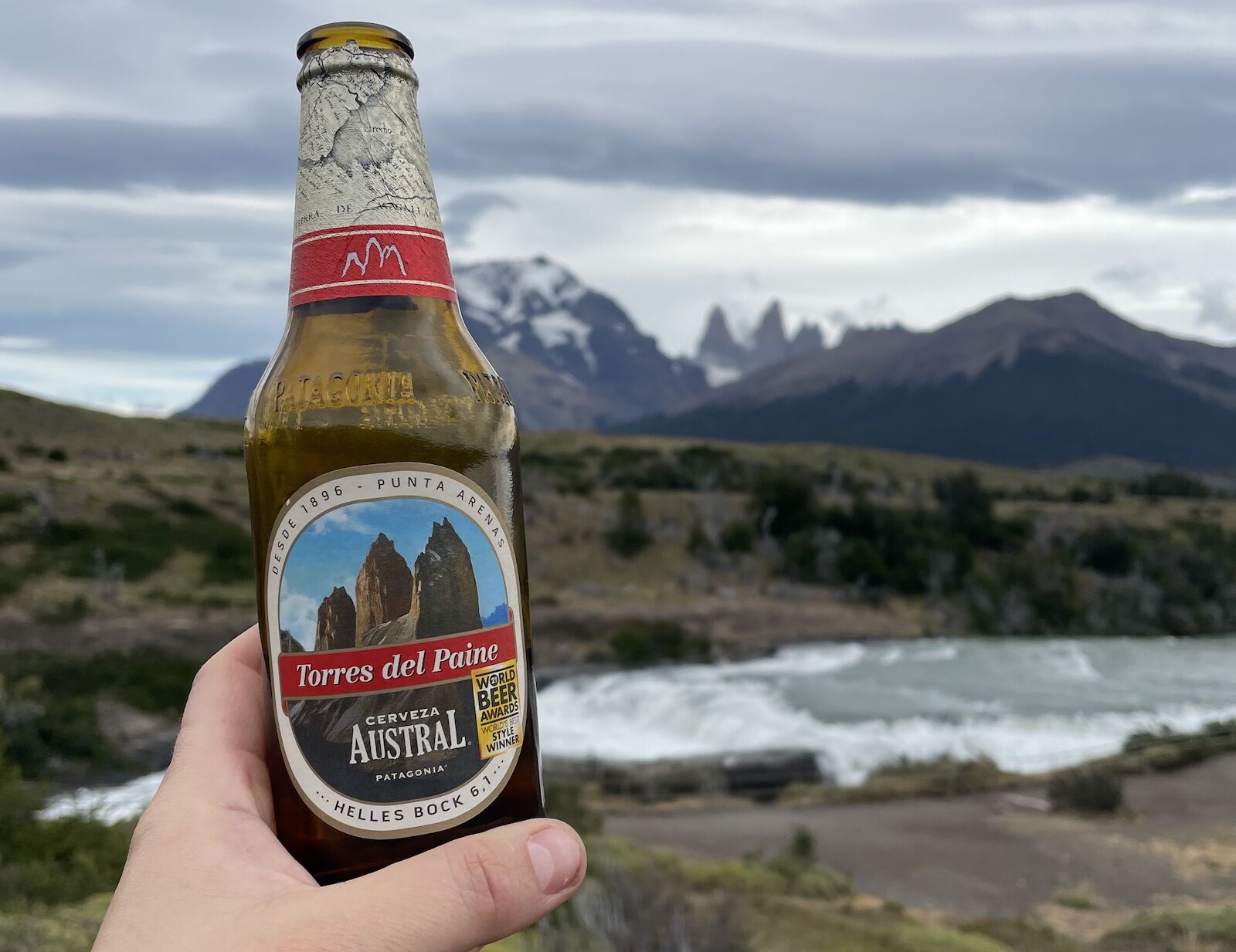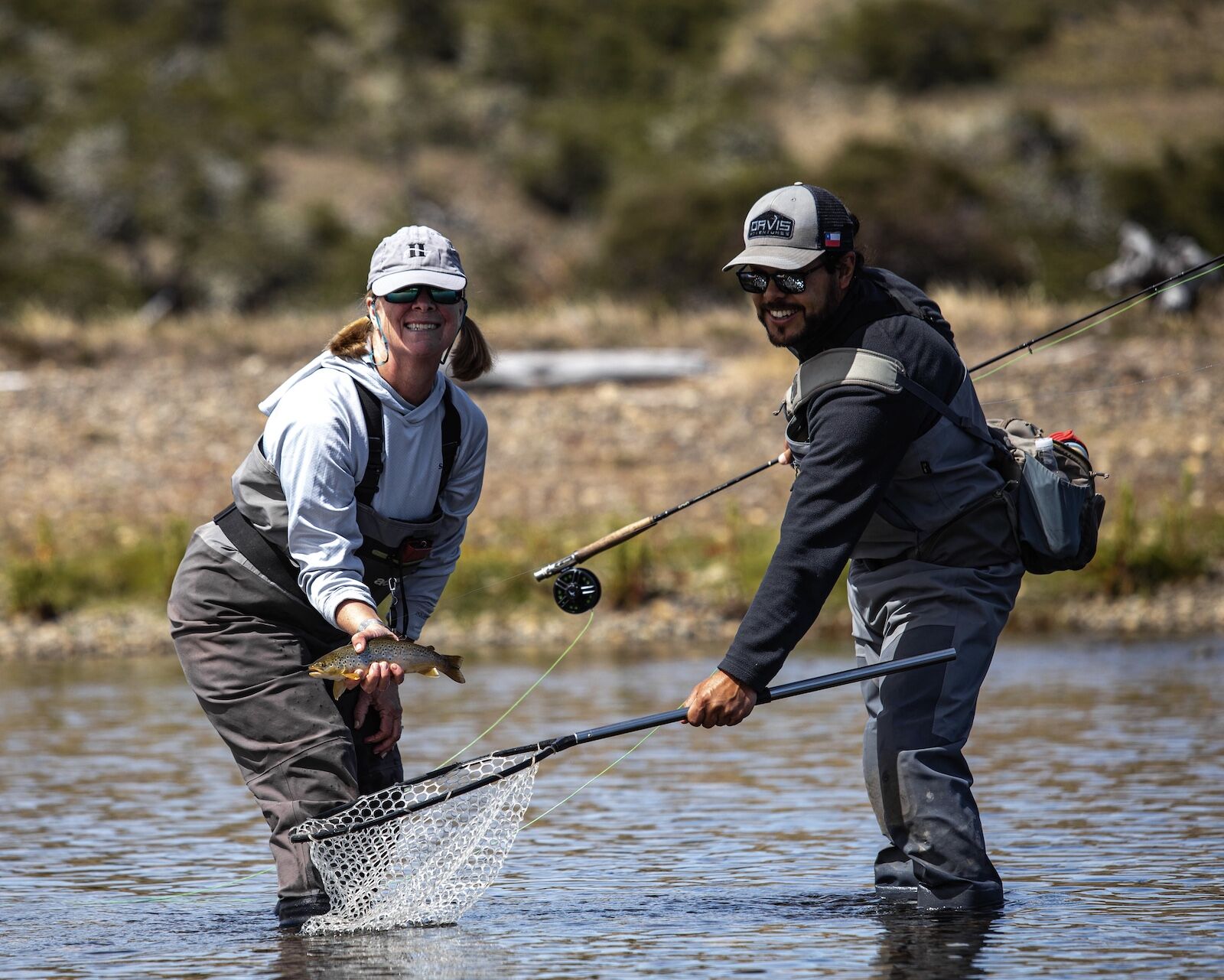Torres del Paine is hands-down one of the most beautiful parks in South America (and probably the world, honestly). But just because it’s a national park doesn’t mean it’s quite as easy to navigate as Yosemite or Rocky Mountain national parks.
Many of the roads in and around Torres del Paine are rocky, dirt roads, and they’re pretty steep — which can be a bit challenging to drive given Patagonia’s famously strong winds. The park’s shuttle system doesn’t connect every trail head, many of the hikes are point-to-point, the visitors centers aren’t necessarily close to the trailheads, and micro-climates in the park can leave some areas blistery cold while others are sunny and calm.
